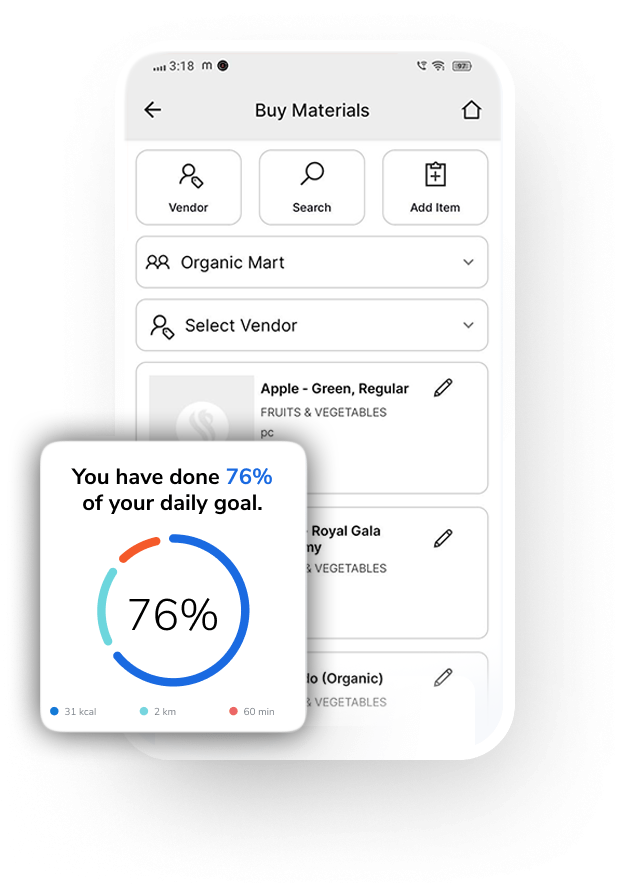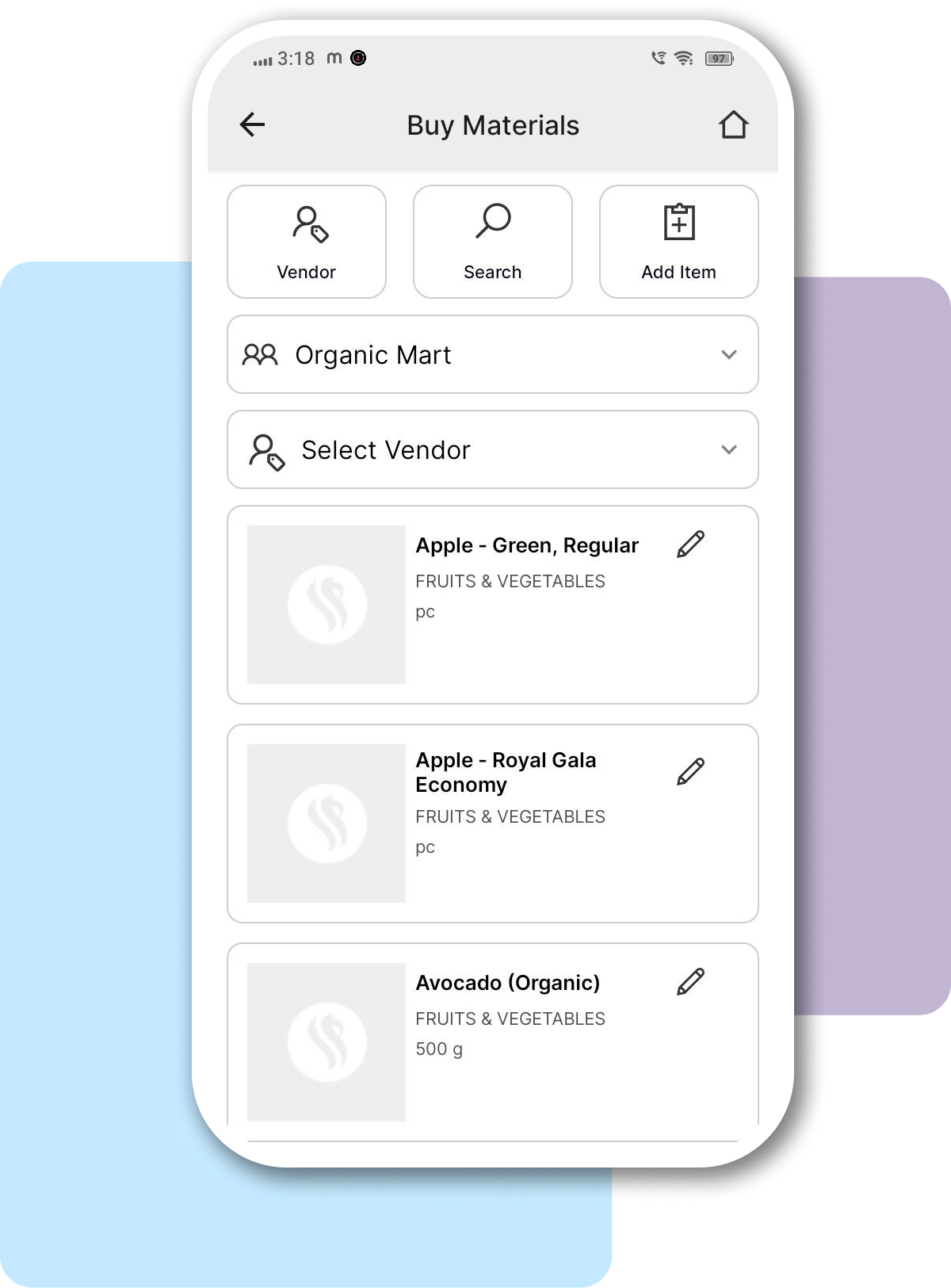Direct Buying
Direct buying refers to the traditional method of purchasing products or services where the user physically visits the shop or store to make the purchase. One of the most significant benefits is the ability to inspect the product before purchasing it. Users can ensuring that they are satisfied with the quality and condition of the item they are buying.


Challenges
Direct buying often involves purchasing in larger quantities. Balancing inventory levels and storage constraints can become complex, especially if demand fluctuates.
- Quality
- Quantity
- Pricing
- Time consuming
Some benefits of direct buying
Cost savings
By pooling their purchasing power, small businesses can negotiate discounts or bulk pricing with suppliers, potentially leading to significant cost savings.
Improved bargaining power
By joining a group, small businesses can increase their bargaining power when negotiating with suppliers, as they will be able to offer a larger volume of business in exchange for more favorable terms.
Greater buying options
Group buying can give small businesses access to a wider range of suppliers and products, as they will be able to pool their resources and purchase items in larger quantities.
Reduced risk
Group buying can help small businesses reduce the risk of purchasing by spreading the cost of goods or services among multiple parties. This can be particularly useful for small businesses that may not have the resources to purchase items individually.
Enhanced collaboration
Group buying can help small businesses build relationships with other businesses in their community, as they will be working together to achieve common goals. This can lead to opportunities for collaboration and mutual support.